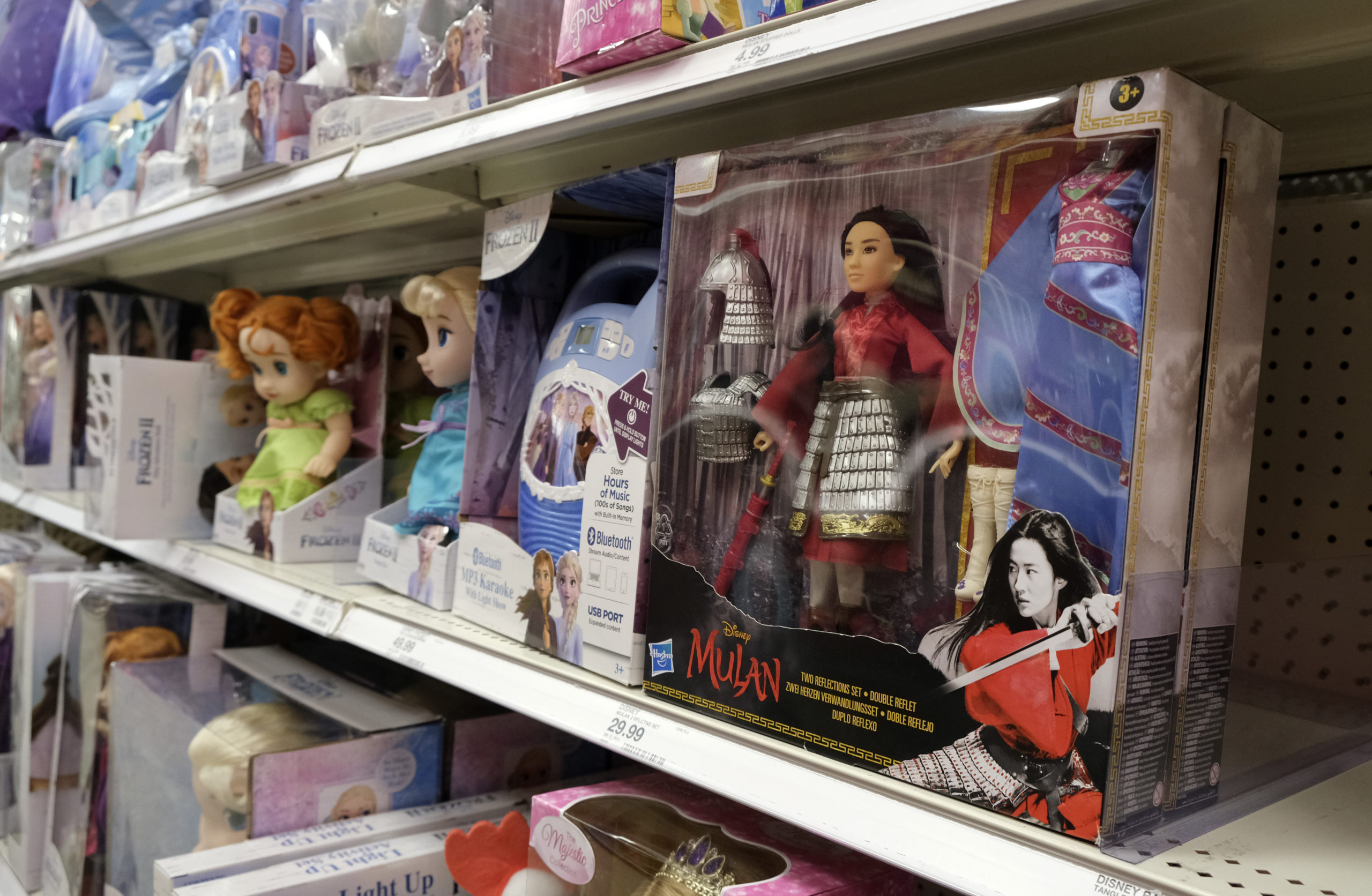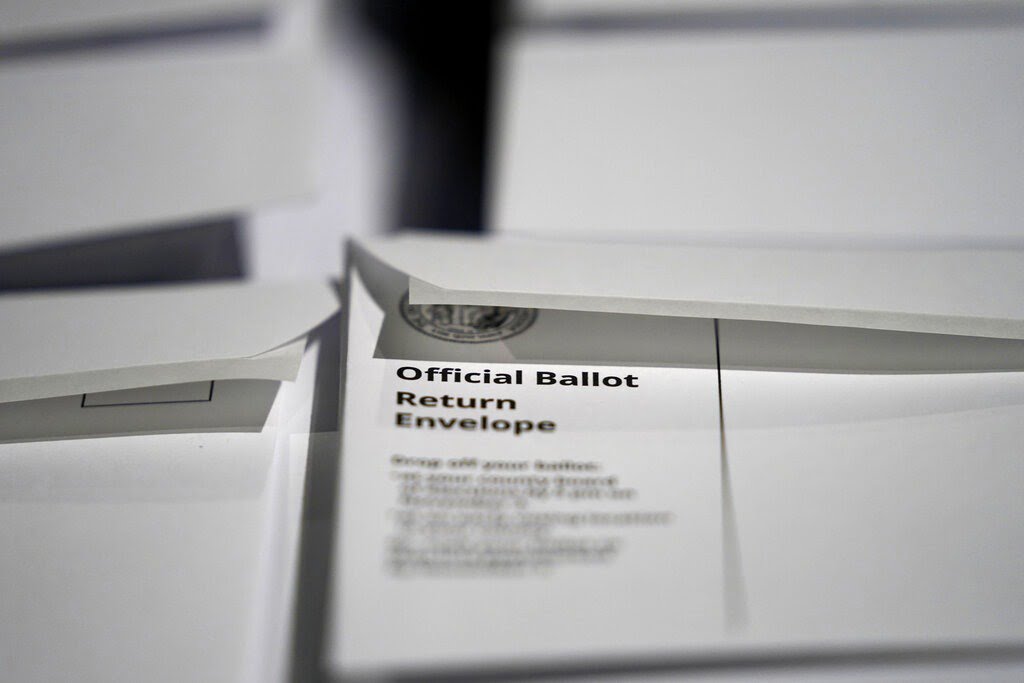NEW YORK — With less than four weeks to go until Christmas, non-profit organizations who supply gifts for less fortunate children are facing supply problems that may put a damper on Christmas spirit. Charities who give to kids during the holidays say they’re facing challenges finding enough gaming consoles, laptops and other electronic items amid the global shortage of chips used in cars, phones and other devices.
“I’ve never seen something like this,” said Kristyn Begari, purchasing coordinator for Family Giving Tree, a California non-profit. “Our biggest fear is we’re not going to get the quality of gifts that we want, or we’re not going to have enough in general.”
Attempting to grant thousands of holiday wish requests has always been challenging for Begari. But it’s been downright miserable this year as the global supply chain bottlenecks create shortages on many items, making it difficult to grant many holiday wishes for the 34,000 children and adults the organization expects to aid in the Bay Area this holiday season.
Some wholesale vendors have already informed her that purchases will not arrive — giving her the option of getting a refund, or buying another item. If a child doesn’t get their preferred gift, she said the organization will attempt to grant their “second wish,” or find another replacement item.
Similar worries are being felt across the country as COVID-related supply chain snafus — produced by clogged U.S. ports, a lack of workers to move the cargo and skyrocketing shipping costs — lead to empty store shelves and higher prices on some products.
The supply chain slowdown is one of the main reasons why donations of new toys to The Toy Foundation have declined by nearly 80% in dollar value this year compared to 2019, according to Pamela Mastrota, the executive director of the group, which was formed by a toy industry trade association to act as an industry-wide charitable collective for manufacturers.
The lack of trade shows due to the COVID-19 pandemic also put a wrench in their collection efforts for the second year in a row, straining their ability to get gifts for sick, impoverished or other vulnerable children who are in need.
“It’s been a real challenge this year, and last year,” Mastrota said. “But this year especially.”
Mastrota’s only hope now is if more toys are donated quickly. But such donations might further stress the profit margins of manufacturers who are facing high shipping costs and pressure to pass on increased costs to consumers.
Jim Silver, CEO of Toys, Tots, Pets & More, a toy industry review website, says charities are bound to see less toy donations from manufacturers this holiday season because many containers holding their products are stuck at U.S. ports, which have been experiencing record volumes of shipping containers as the economy recovers from the pandemic.
“There is going to be a shortage,” he said. “Without a doubt.”
Last month, President Joe Biden announced plans to establish around-the-clock operation at the Port of Los Angeles, the nation’s largest, to tamp down the inflation being caused by ships waiting to dock and a shortage of truck drivers to haul goods. Port officials have said some of the bottleneck has since eased, but experts note it will take a long time before things get back to normal.
Toys for Tots, the nation’s most well known toy donation drive run by the United States Marine Corps Reserve, is not expecting shortages, said David Cooper, the organization’s vice president of operations. He said the organization purchased about $16.5 million worth of toys this spring to mitigate any impact supply chain issues might have on donations.




